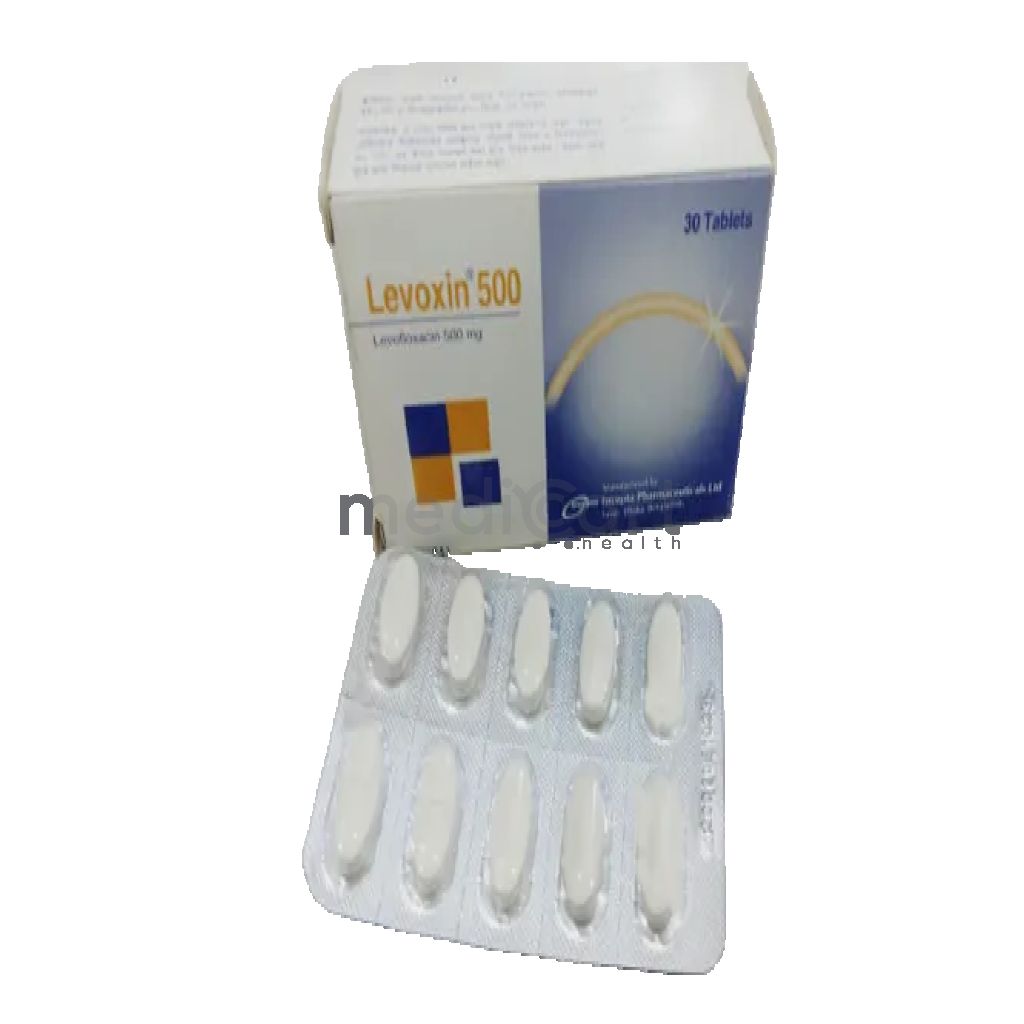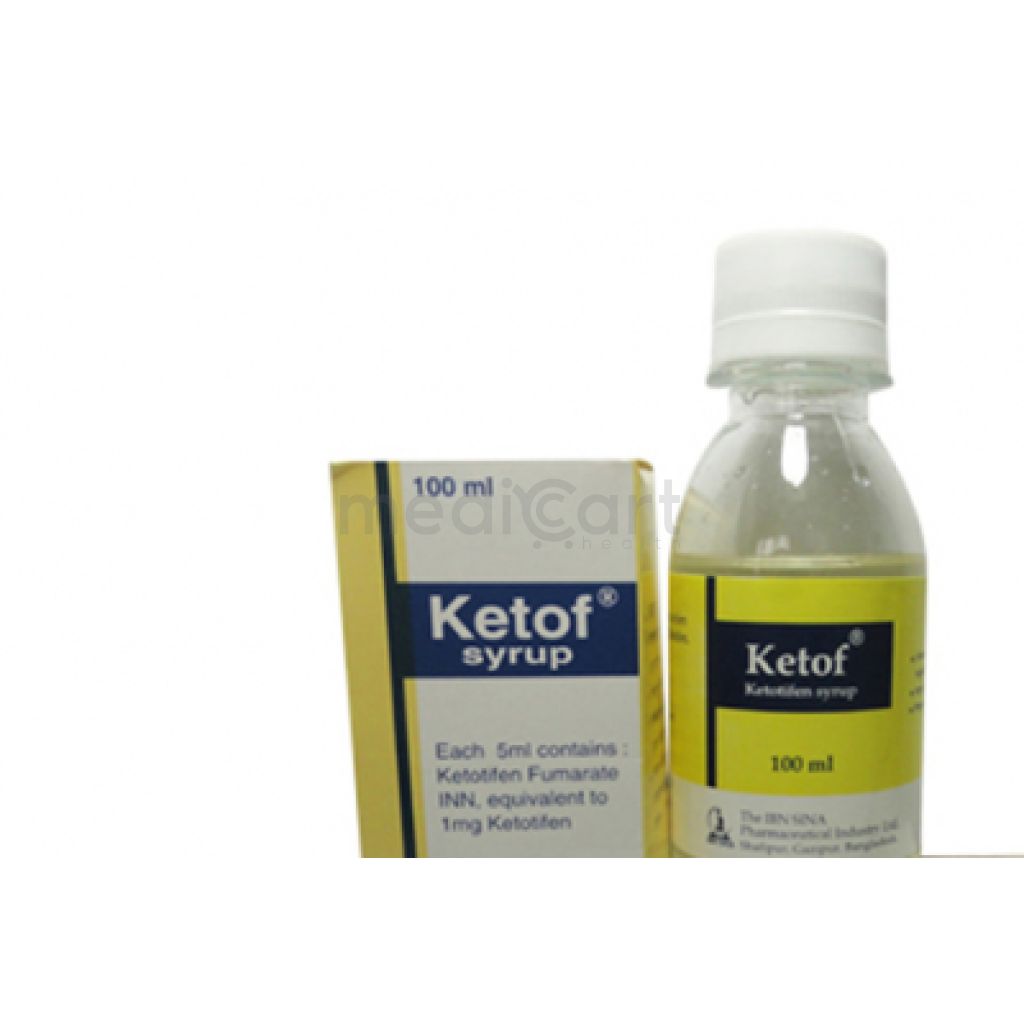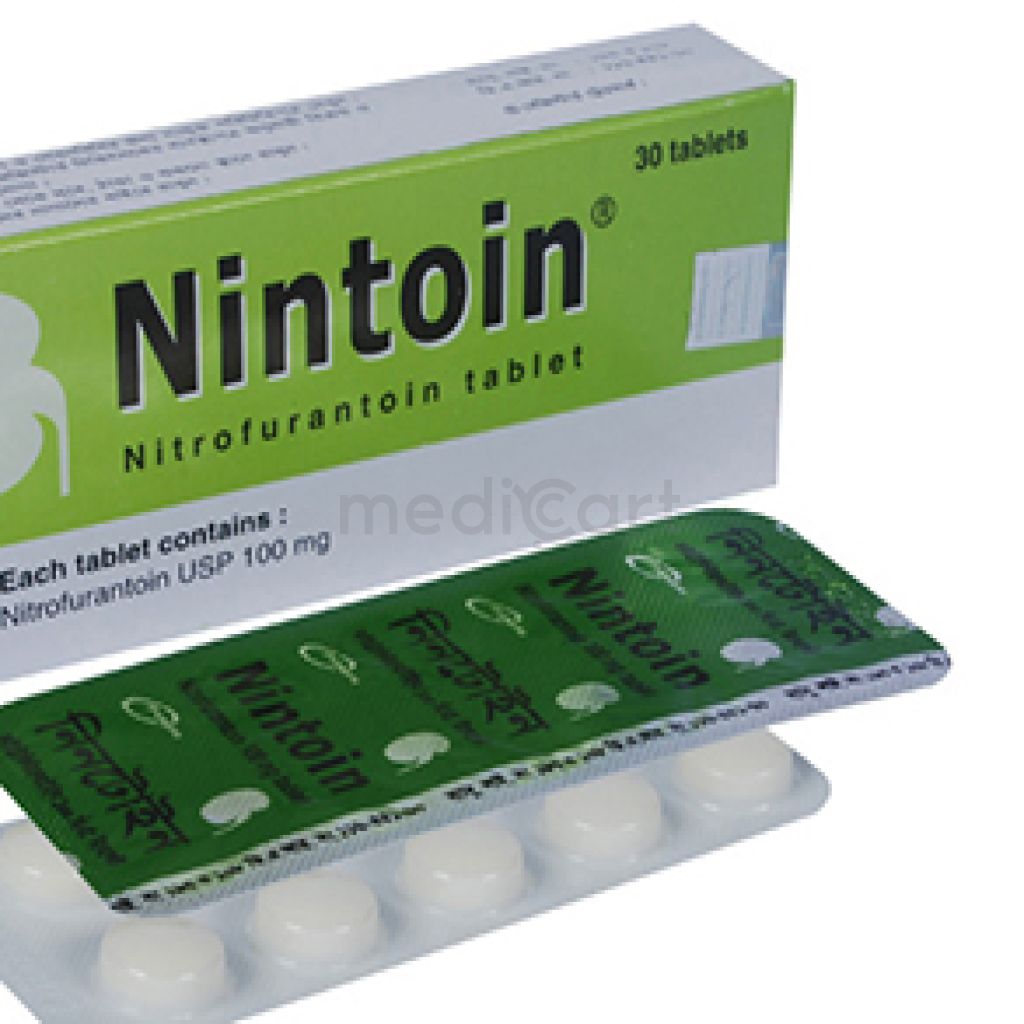

Adrinor - 1mg/ml
Injection
Pack Size :
5 Injection x 1 Box
Generics :
Adrenaline (Epinephrine)
Manufacturer :
Incepta Pharmaceuticals Ltd.
Best Price *
TK
125.00
* Delivery will be done in Dhaka city only.
Alternative Product
More Information About - Adrinor - 1mg/ml
Description
Generic Name
Adrenaline (Epinephrine)Precaution
CV diseases; hyperthyroidism; DM; Parkinson's disease; elderly; pregnancy, lactation. Lactation: Unknown if excreted into breast milk; use caution.Indication
Cardiac arrest, Anaphylaxis, Superficial bleeding, Acute asthmaContra Indication
Preexisting hypertension; occlusive vascular disease; angle-closure glaucoma (eye drops); hypersensitivity; cardiac arrhythmias or tachycardia. When used in addition to local anaesthetics: Procedures involving digits, ears, nose, penis or scrotum.Dose
N/ASide Effect
Angina,Anxiety,Apprehensiveness,Cardiac arrhythmias,Dizziness,Dyspnea,Flushing,Headache,Hypertension,Nausea,Nervousness,Pallor,Palpitations,Respiratory difficulties,Restlessness,Sweating,Tachycardia,Tremor,Vasoconstriction,Vomiting,WeaknessPregnancy Category
Name : Not Classified
Description
FDA has not yet classified the drug into a specified pregnancy category.Mode of Action
Epinephrine, an active principle of the adrenal medulla, is a direct-acting sympathomimetic. It stimulates alpha- and beta-adrenergic receptors resulting in relaxation of smooth muscle of the bronchial tree, cardiac stimulation and dilation of skeletal muscle vasculature. It is frequently added to local anaesthetics to retard diffusion and limit absorption, to prolong the duration of effect and to lessen the danger of toxicity.Interaction
Halogenated inhalation anaesthetics; alpha- or beta-blocking agents; methyldopa, guanethidine; drugs with vasoconstrictor and pressor effects; antihypertensives; adrenergic neuron blockers; potassium-depleting drugs; cardiac glycosides; ephedra, yohimbe. TCAs may induce hypertension and arrhythmia.Pregnancy Category Note
Pregnancy Epinephrine crosses the placenta During pregnancy, anaphylaxis can be catastrophic and can lead to hypoxic-ischemic encephalopathy and permanent central nervous system damage or death in the mother and, more commonly, in the fetus or neonate; the prevalence of anaphylaxis occurring during pregnancy is reported to be approximately 3 cases per 100,000 deliveries; epinephrine is first-line medication of choice for treatment of anaphylaxis during pregnancy in humans; epinephrine should be used for treatment of anaphylaxis during pregnancy in same manner as it is used in non-pregnant patients Administration of epinephrine used during pregnancy only if the potential benefit justifies the potential risk to the fetus (fetal anoxia, spontaneous abortion, or both) Epinephrine is teratogenic in rabbits, mice, and hamsters dosed during organogenesis Use with caution during labor and delivery; although epinephrine improves maternal hypotension associated with anaphylaxis, it may result in uterine vasoconstriction, decreased uterine blood flow, and fetal anoxia Avoid epinephrine during second stage of labor; in dosage sufficient to reduce uterine contractions, the drug may cause a prolonged period of uterine atony with hemorrhage; avoid epinephrine in obstetrics when maternal blood pressure exceeds 130/80 mmHg Lactation There is no information on presence of epinephrine in human milk, effects on breastfed infants, or on milk production; epinephrine is first line-medication of choice for treatment of anaphylaxis; it should be used in same manner in breastfeeding and non- breastfeeding patients Because many drugs are excreted in human milk, caution should be exercised when epinephrine is administered to a nursing womanAdult Dose
Parenteral Acute asthma Adult: 0.3-0.5 ml (300-500 mcg). Dose may be given via IM or SC inj. Intravenous Advanced cardiac life support (Cardiac Arrest) Adult: 1. Intravenous injection: 1 mg injection repeated every 2-3 minutes as necessary. 2. Endotracheal: 2-3 mg via an endotracheal tube, repeated as necessary. 3. Intracardiac injection: 0.1 to 1 mg, direct into the atrium of the heart. 4. Intraspinal use: Usual dose is 0.2 to 0.4 mg added to anesthetic spinal fluid mixture (to prolong anesthetic action by limiting absorption). Anaphylactic shock Adult: 0.5 mg (5 mL) given at a slow rate of 100 mcg/minute, stopping when a response is achieved. Intramuscular Anaphylactic shock Adult: 500 mcg (0.5 ml), repeat every 5 minutes as needed until improvement occurs. For emergency self-admin (e.g. via autoinjector): A dose of 300 mcg (0.3 ml) may be used.Child Dose
Parenteral Acute asthma Child: 0.01 ml/kg (10 mcg/kg). Max: 0.5 ml (500 mcg). Dose may be given via IM or SC inj. Intravenous Advanced cardiac life support (Cardiac Arrest) Child: Initially, 10 mcg/kg, may repeat as often as every 2-3 minutes throughout the resuscitation process. Endotracheal doses: 100 mcg/kg. Intraosseous doses are the same as IV doses. Max Dosage: Intraosseous doses for adults and children are the same as IV doses. Anaphylactic shock Child: 10 mcg/kg. If auto injectors are used, doses are based on body wt: 15-30 kg: 150 mcg and >30 kg: 300 mcg. Intramuscular Anaphylactic shock Child: Dose depends on age and weight. Usual dose: 10 mcg/kg.Renal Dose
N/AAdministration
IV Administration Central line; infusion pump required IV Preparation Solution: 1 mg in 250 mL D5W or NS (4 mcg/mL) to make up concentration of 15-60 mL/hr (1-4 mcg/min)Disclaimer
The information provided herein are for informational purposes only and not intended to be a substitute for professional medical advice, diagnosis, or treatment. Please note that this information should not be treated as a replacement for physical medical consultation or advice. Great effort has been placed to provide accurate and comprehensive data. However, Medicart along with its authors and editors make no representations or warranties and specifically disclaim all liability for any medical information provided on the site. The absence of any information and/or warning to any drug shall not be considered and assumed as an implied assurance of the Company.





